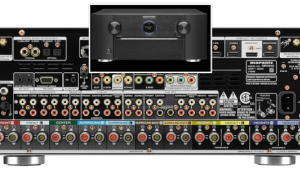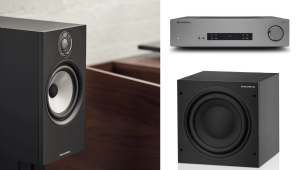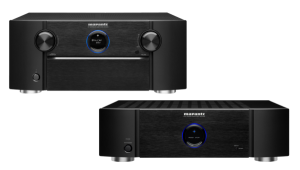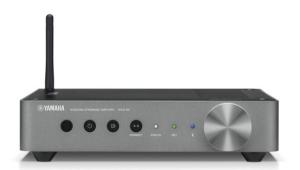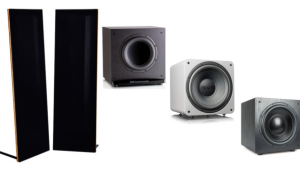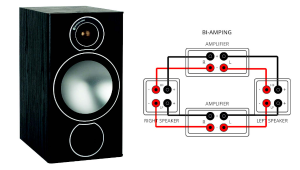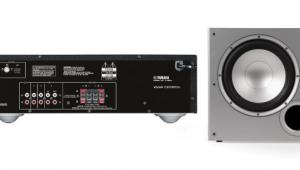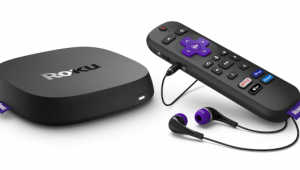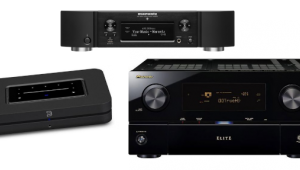Panasonic ST30 vs. S30
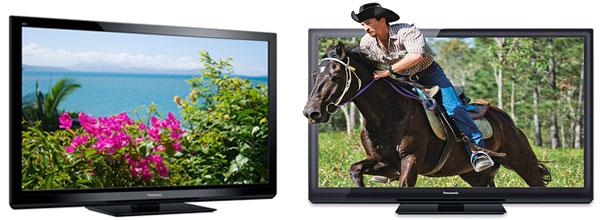
Dave Butler
The blacks are essentially identical on these two models, as revealed in our review of the TC-P50ST30 here and TC-P50S30 here. Both are just under 0.010 foot-lamberts, which is the maximum value for decent picture quality in my book. The only significant difference between them is the ST30's 3D capability, which comes at a $300 premium.
The Moving Picture Resolution spec provides some insight into how sharp moving images will look, but there is no way to know how the manufacturer measured this, so I take it with a grain of salt. The best way to evaluate this is to take some Blu-rays with fast-action scenes to the store and see which display looks the sharpest. Plasmas are generally better at this than LCDs, unless you enable the LCD's frame interpolation (assuming it's 120 or 240hz), though this also causes the dreaded "soap-opera effect," which many viewers object to more than motion blur. Also, keep in mind that fast motion in film-originated content will always be blurry because it was shot at 24 frames per second, which doesn't capture fast motion well.
As for other models in this price range, the only other one I might consider is the Samsung D6000 LED LCD; we reviewed the 46-inch UN46D6000 here. It carries the same list price as the TC-P50ST30, but it does not do 3D, and its slightly smaller. I prefer its implementation of online apps over the Panasonic's, and its black level is way deeper than the ST30 and S30 thanks to LED dimming. This is not local dimming, since the LEDs are on the edges of the screen, but rather overall dynamic dimming, which works quite well in this set. However, like all LED-edgelit LCDs, this one suffers from uneven illumination in dark scenes, which can be very distracting. All in all, I prefer the Panasonics.
If you have an A/V question, please send it to askhometheater@gmail.com.
